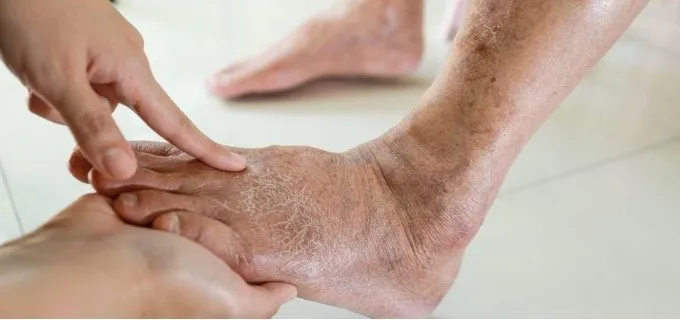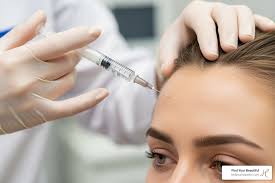
Effective Strategies for Long-Term Control of Rosacea
September 24, 2025
Why Regular Visits to a Foot Doctor Are Important
September 25, 2025While sun exposure is a primary cause of skin cancer, an individual’s genetic makeup also plays a significant part in determining their risk. The complex relationship between our genes and our health extends to our skin’s susceptibility to damage and disease. Understanding this genetic component is beneficial for developing an approach to prevention and management, especially for those with a family history of the condition.
Understanding Genetic Risk
Genetic risk refers to an inherited predisposition to certain health conditions, including skin cancer. This predisposition is often associated with specific gene variants passed down through families. A family history of melanoma, the most serious form of skin cancer, can indicate an elevated risk. This susceptibility means that individuals may have a lower threshold for developing the disease when exposed to triggers such as UV radiation. Genetic factors can also influence skin pigmentation and the ability to repair DNA damage caused by sun exposure. For individuals with a family history, practicing sun protection and undergoing regular skin checks is beneficial.
Identifying Key Gene Mutations
Specific gene mutations have been identified that are strongly linked to an increased risk of skin cancer. While not common, these mutations are significant for families. The most well-known are mutations in the CDKN2A and CDK4 genes.
- CN2A: This gene makes proteins that regulate cell division. Mutations can disrupt this process. This allows cells to grow and divide uncontrollably. That can lead to tumor formation.
- C4: This gene also helps control the cell cycle. Certain mutations can overproduce proteins. These proteins promote cell growth and increase the risk of melanoma.
Scientists have also linked other genes to hereditary melanoma. These include BAP1, POT1, ACD, TERF2IP, and TERT. Genetic testing can identify these mutations. This provides necessary and helpful information for at-risk families.
Linking Genes to Skin Cancer
Gene mutations are linked to skin cancer through alterations in cellular function. Genes like CDKN2A suppress tumors. They act as the body’s natural brakes on cell growth and division. When these genes mutate, the brakes can fail. This makes skin cells vulnerable. UV radiation damages these cells. They can then become cancerous more easily.
Inherited traits can increase the risk of UV-related damage. These include fair skin, light eyes, and red or blond hair, which indicate lower melanin levels. Melanin helps protect the skin from UV rays, and people with less melanin tend to burn more easily. Sunburns cause DNA damage, which can accumulate over time and lead to long-term skin issues.
Exploring Genetic Prevention
For individuals with a known genetic predisposition to skin cancer, preventive strategies are necessary. While genetic makeup cannot be altered, proactive steps are significant for risk management. These include diligent sun protection, such as consistently using broad-spectrum sunscreen and wearing protective clothing, as well as seeking shade during peak sun hours. Regular screenings and self-checks are beneficial for early detection, particularly for individuals with a higher genetic risk.
Take Charge of Genetic Prevention
Understanding your family’s health history is the first step toward taking control of your genetic risk for skin cancer. Knowledge about your inherited predispositions empowers you to adopt more targeted and diligent preventive measures. By combining this awareness with consistent sun protection and regular professional skin checks, you can actively manage your health. If you have concerns about your family history or personal risk factors, consult with a qualified healthcare professional to discuss your options.





